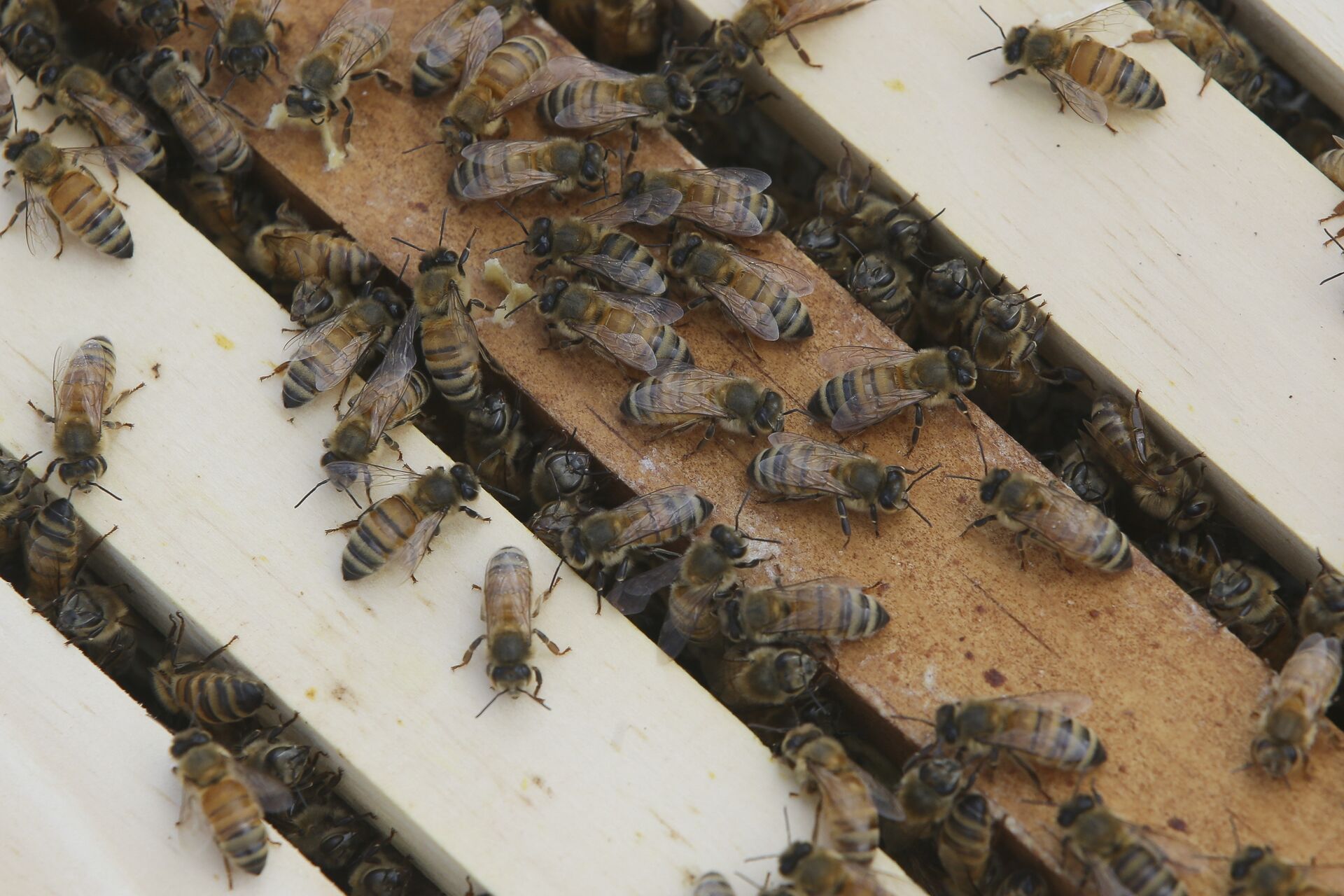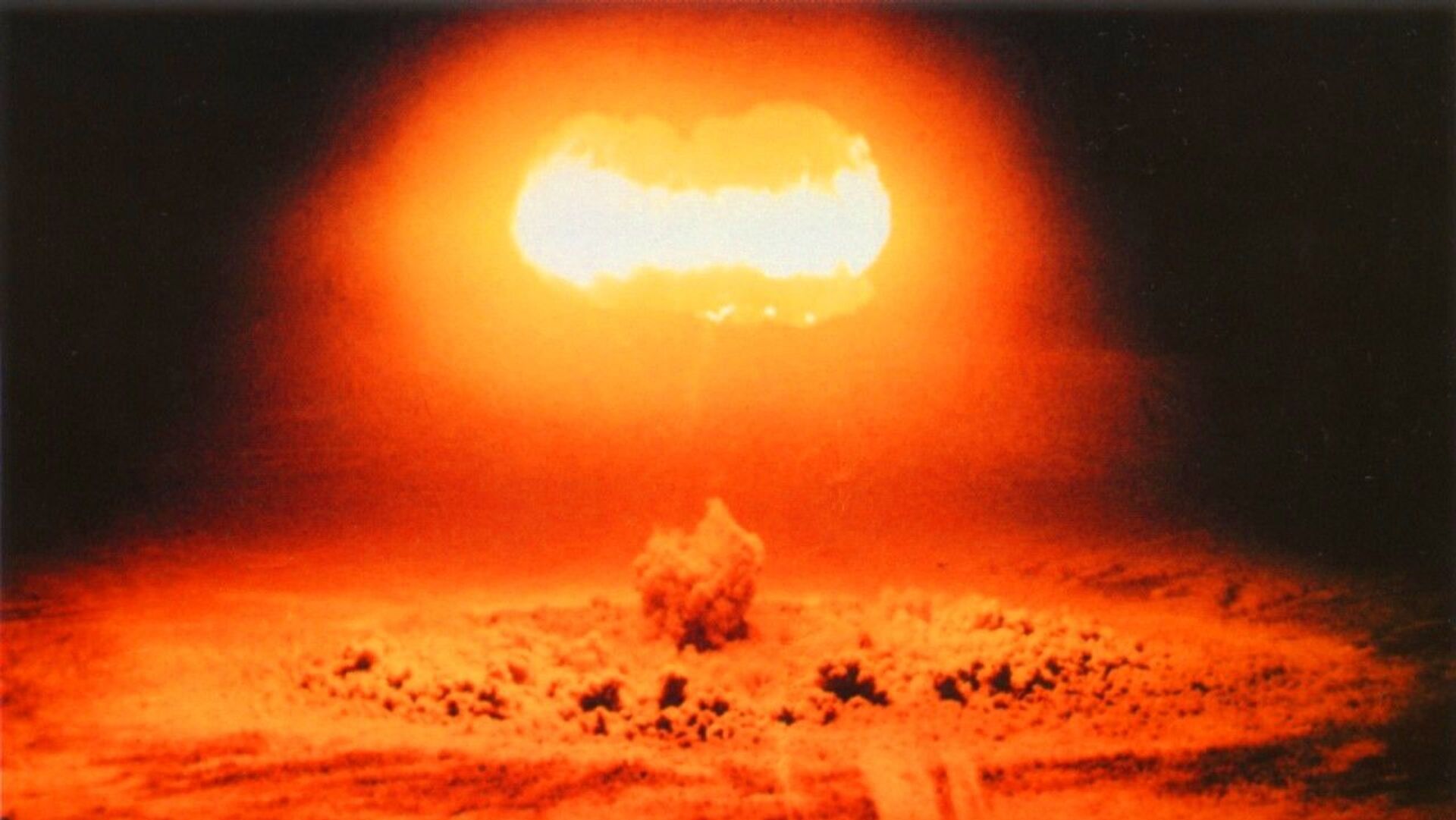Early atmospheric tests of nuclear weapons scattered radioactive fallout far and wide, tainting land, waterways, and the foods they produced for decades. However, nearly three quarters of a century later, scientists are still finding new places where the evidence of those fiery explosions persists, with the latest being in honey.
“While most of the radiation produced by a nuclear weapon detonation decays within the first few days, one of the longest-lived and more abundant fission products is [cesium-137] , which has a radioactive half-life of 30.2 years,” a study recently published in Nature Communications notes.
To demonstrate this to his undergraduate students, James Kaste, a geologist at Virginia’s College of William & Mary, assigned them the task of gathering local produce from wherever they went on spring break and bringing it back to the lab to be tested for cesium, according to Science Magazine. Most of the results were as expected - very low - but one sample, some raw honey made in Raleigh, North Carolina, was found to have cesium levels 100 times higher than the other samples.
Kaste decided to chase the lead, joining with two others to collect 122 honey samples from up and down the US East Coast to test for the radioactive cesium isotope. In 68 of those samples, they found above 0.03 becquerels per kilogram of the material, with the highest being 19.1 becquerels from a Florida sample. None of those are remotely close to the US Food and Drug Administration’s (FDA’s) safety cutoff of 1,200 becquerels per kilogram.
“I’m not worried at all,” Kaste told the outlet. “I eat more honey now than I did before I started the project. And I have kids, I feed them honey.”
The study notes that several decades ago, the quantity of cesium in the honey was likely much higher, but due to its radioactive instability, much of it has decayed, turning into different elements.

Between 1951 and 1963, the US performed 100 above-ground nuclear weapons tests at the Nevada Test Site, and another 928 underground tests before 1973, after which the US signed the Threshold Test Ban Treaty, sharply limiting the size of underground nuclear tests. The dust from these tests carried radioactive materials far and wide, sprinkling them across the United States, where they made their way into the ecosystem and often into people’s food.
Cesium-137 is just one of several radioactive isotopes uniquely created by nuclear bombs. According to the study, cesium mimics potassium, a common element used in biological processes, which is how it becomes a part of the plants from which the bees collect honey. However, others, such as strontium-90, mimic calcium, making products such as milk an easy pathway for human consumption, according to the US Environmental Protection Agency. Another, iodine-131, is also passed through milk and readily causes thyroid cancer.
A 2017 study by the University of Arizona found that radioactive fallout from those tests was responsible for an extra 340,000 to 690,000 American deaths. A New York Times article from 1986, amid the Chernobyl disaster in the former Soviet Union, recalled that although US Atomic Energy Commission tracked radiation fallout in food for decades and claimed the exposure was no worse than a person received standing in sunshine, “farm animals died from radiation exposure and human cancer rates [in Utah] near the test site increased tenfold. Plutonium was found in the soil in Salt Lake City, Denver and Houston. Stillbirth rates in New York showed increases in 1954, 1956 and 1959 - the years following intensive testing.”
“Federal officials have taken the stance that absolutely no increased cancer rates, no medical damage of any kind has occurred as a result of nuclear testing,” the Times continues.
However, those Native American communities directly downwind of the nuclear explosions experienced the most intense fallout, with the very first nuclear test, the July 1945 “Trinity” explosion, pouring a colossal amount of radioactive dust onto the “Tularosa downwinders” in New Mexico’s Jornada del Muerto. While some downwinders have received financial compensation from the US government, they have been left out of such legislation as of yet.




